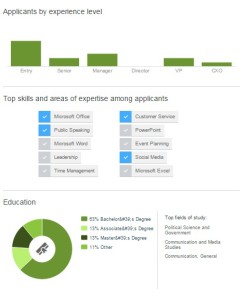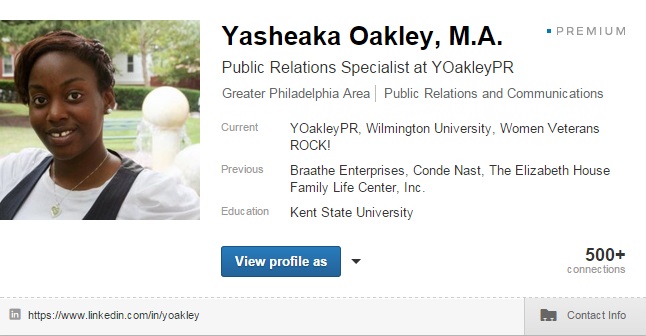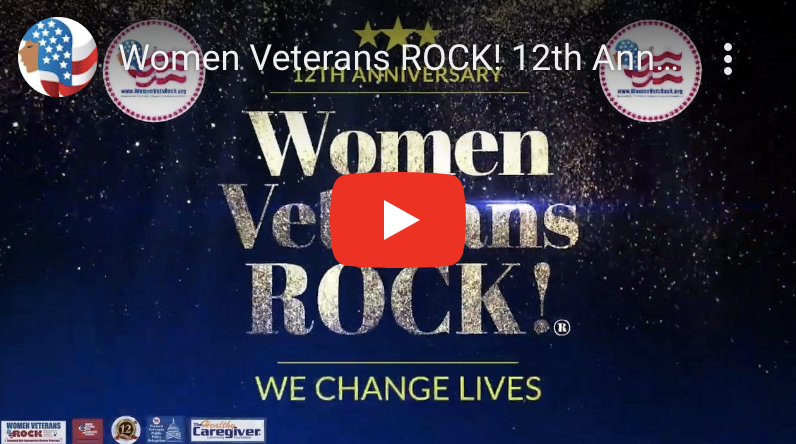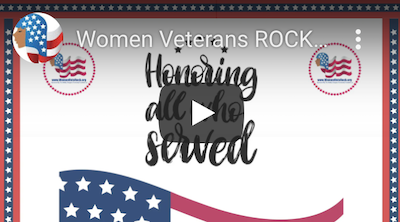After graduating with my bachelor’s degree in 2011, I applied for numerous entry-level positions in the public relations and communications industry, but soon found that I was a victim of “hard times” created by recent economic setbacks.
In an effort to get more “bang for their buck,” many agencies in the Philadelphia area had revised their job descriptions to include qualifiers that created a barrier to employment. More than one agency’s entry-level position listing required one to three years of full-time experience in an agency environment—something that’s almost impossible for a recent college graduate.
To overcome this barrier, I started using LinkedIn as my primary professional networking platform in July 2012. I didn’t upgrade my Basic account to Premium or Job Seeker, I simply committed to 15-30 minutes of networking and interaction per day, and after 5 months, I was able to reach “All Star” profile strength and unlock the 500+ connections status that is visible on the profile of power networkers.
My networking efforts opened the door to recruiters and hiring managers sharing job opportunities, speaking opportunities and consulting projects work with higher education institutions and nonprofit organizations—and have produced approximately one new LinkedIn connection request per day from professionals interested in joining my power network.
Are you ready to start using LinkedIn to network and get ahead? Here are 5 tips for job seekers interested in growing their LinkedIn network to 500+ in 5 months or less!
1) Actively Grow Your Network
Once you decide to aim for 500+ connections, you have to commit to actively pursuing this goal or it will never happen. Set aside 15-30 minutes a day for networking. In my personal experience, the mornings were the best time for this since it allowed me the opportunity to follow up and respond to comments during the day. You can also use the updated LinkedIn Contacts feature to monitor updates within your network and stay in touch with contacts you may not interact with often.
Cyber Savvy Tip: Noticed that someone in your network just updated their profile to say that they joined a new company? Are you also interested in working for that company? This is a great opportunity to not only congratulate your colleague, but to make a soft touch with a potential reference for a future position.
2) LinkedIn Groups Are Your Best Friend
You can be a member of up to 50 LinkedIn Groups at a time, but you don’t want to simply join groups that focus on your industry—that will limit your networking opportunities.
Join at least 10 professional LinkedIn groups, 5 networking groups, the alumni group for your alma mater, groups for your fraternity or sorority, groups for a professional association for which you are a member (or hope to be), and at least 5 groups that will allow you to learn from others.
While your reasons for joining the group may vary, your activity in each one should not. During your daily log in, you should interact with at least 5 groups per day. Share original content from your blog or an industry article you found interesting, read other group members’ posts and give good advice. This will allow you to remain active in discussions, but also introduce you to other professionals with similar interests. After building such a rapport, it won’t be awkward when you send these individuals a request to connect since they will remember you from past discussions.

Cyber Savvy Tip: Looking for a new LinkedIn Group to join? Join the Women Veterans ROCK! Alumni Network on LinkedIn! We’ll share community updates, tips and tricks that you can use to grow your network and engage with other military women throughout the country.
3) Generic LinkedIn Requests Get You Nowhere
You hear it over and over again, but many of you are still guilty of sending that generic connection request saying, “I’d like to connect on LinkedIn.” Let me assure you, this is not the way to go. When I receive such a request, where the individual didn’t even take the time to identify if we’re in the same group, alumni, or if we met at a networking event, the chances of me clicking “Ignore” increase by at least 80 percent.
Include a short note that either sparks the individual’s memory or introduces yourself and your goals. In the past, I have used something similar to, “Hi Mary, I enjoyed our discussion in the XXX Group and would like to extend you an invitation to connect on LinkedIn and keep the conversation going.”
Mary now knows that we are both in this group (which makes this seem less like a cold call) and that we recently had a discussion. Does Mary remember our conversation? Yes. Is Mary more likely to accept this request over the generic “I’d like to add you?” Yes.
My recommendation to you? Avoid LinkedIn default templates like your livelihood depends on it. In some cases, it just might.
4) Dominate Searches: Include Keywords in Your Profile
 This may come as a surprise to some, but your LinkedIn profile isn’t just an online resume. Think of it as your own little SEO factory, where keywords in your profile summary, Interests section, and Skill Endorsements can lead to an increase in profile views.
This may come as a surprise to some, but your LinkedIn profile isn’t just an online resume. Think of it as your own little SEO factory, where keywords in your profile summary, Interests section, and Skill Endorsements can lead to an increase in profile views.
Start by selecting the Top 10 Skills that you want to be endorsed as your “areas of expertise.” One PR professional suggested that I stop selecting skills that were incredibly narrow and instead, use skills that encompass subcategories and tools. This will force your endorsers to relate the tool to your Top 10 and boost the endorsements you want to appear prominently.
For example, I’m a public relations consultant. It stands to reason that I want to be endorsed for my skills in “Public Relations,” “Social Media,” and “Media Relations.” In that respect, industry tools like Facebook, Twitter, and Press Releases would fall into those categories and an endorsement for my skill using Facebook would conflict with my primary skill that showcases my knowledge of social media.
Your interest section is now hyperlinked for search. This means that a recruiter looking for someone to fill an entry-level position can simply search for people who are “interested in public relations” and quickly produce results. Update your Interests section to include your Top 10 Skills, as well as industry tools and qualifiers commonly found in job descriptions. I guarantee you’ll start showing up more in searches and recruiters will start sending you requests.
Cyber Savvy Tip: If you have a Job Seeker or Premium LinkedIn Account, job listings will show you the skill sets that employers are looking for in a candidate. Take a moment to check out the competition and see how competitive your LinkedIn profile is in comparison to the competition.
5) Take Advantage of LinkedIn’s Military Program
LinkedIn offers members of the Armed Forces and Military Veterans with the opportunity to take advantage of its Premium Job Seeker account option for one year (ARV $360.00) to access advanced job search tools, stand out, and contact hiring managers. They also created a special LinkedIn Group called the Veteran Mentor Network (VMN) Group so that military veterans can discuss their transition and career plans in a community of veterans who are interested in seeing you succeed!
Never heard of LinkedIn’s Military Program? Check out this YouTube video from LinkedIn’s YouTube Channel and visit https://veterans.linkedin.com/ to take advantage of this free program.
This article was originally published on Career Attraction. To read the original article, complete with extended tips and helpful resources, please click here.









That’s a good move – using LinkedIn to schedule meetings.